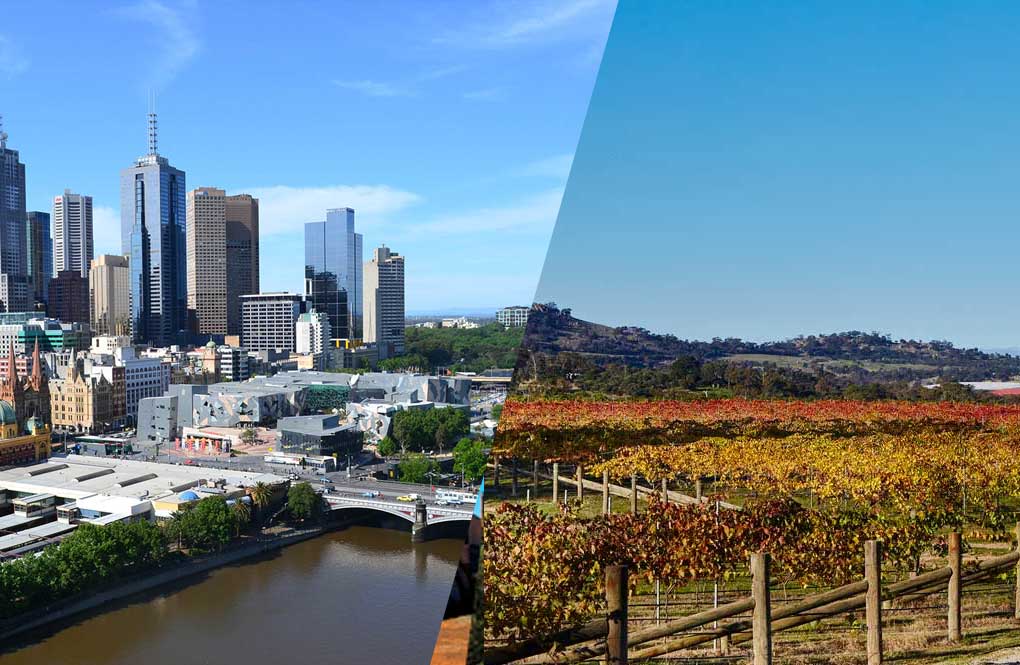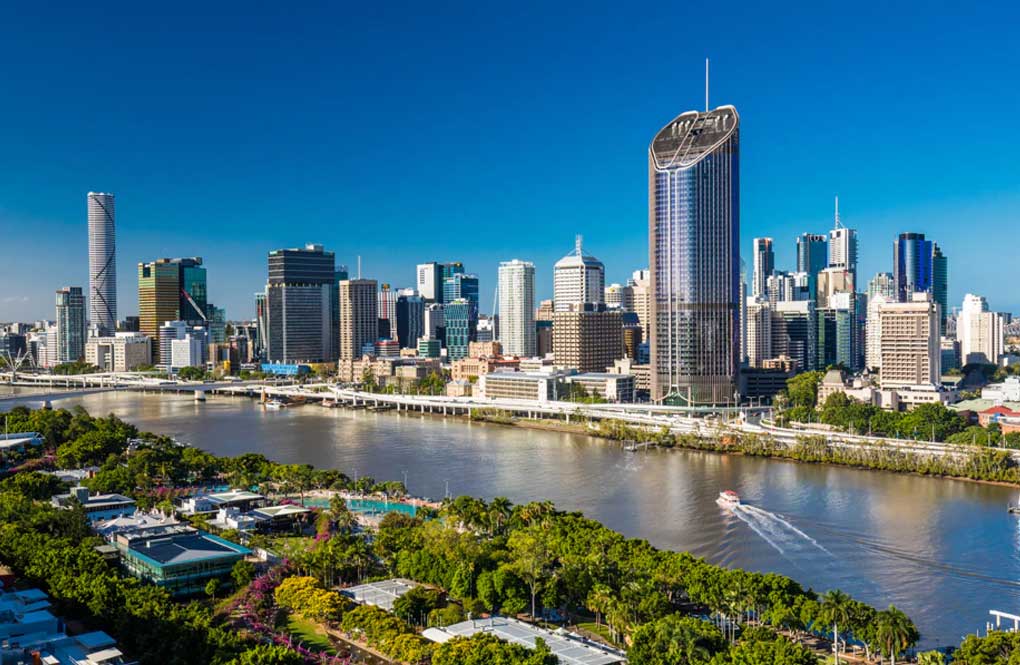Many city slickers like myself have dreamt of a tree change (or sea change) at some point. When I am stuck in traffic and struggling to make it to a meeting on time, I sometimes start to picture a simpler, less stressful existence in the country somewhere.
Pharmacists are lucky to be in an industry where they can easily live and work in a regional setting if they wish, without having to drastically reduce their income.
There are countless regional pharmacies operating in towns of all sizes across Australia, all performing a vital role in maintaining the health of regional Australians. Many are also thriving as businesses.
In fact, a large segment of our members are specifically looking for acquisition opportunities outside of the major cities. Equally, some buyers have no interest in regional listings (accept perhaps in large towns) because their preferred pharmacy model requires high population density.
Prospective buyers who are still deciding on which path is best for them should be aware that each “location type” has its own benefits and drawbacks:
Metro Pharmacy Ownership
Pros:
- Larger populations – More people in the catchment area = more potential customers = higher potential sales/profits.
- Flexibility in business model/brand – In theory, any type of pharmacy offering or brand can be successful in a densely populated area.
- Access to staff – Most pharmacists live in metro areas and it is generally much easier to find quality staff in the city.
- More ownership opportunities – There are more pharmacies in metro areas in Australia, and therefore generally more metro pharmacies available to be purchased.
- Access to metro lifestyle benefits (for owner-operators) – Transport & infrastructure, dining & entertainment options, schools etc.
Cons:
- Stronger competition – Competition between metro pharmacies is intense and discount pharmacies are increasing in number. This puts downward pressure on profit margins.
- More complex business models – The increasingly competitive landscape is forcing many metro pharmacy owners to diversify their revenue streams in order to remain competitive. Unfortunately, old fashion “mum and dad” pharmacies are becoming increasingly less viable in the city.
- Longer trading hours – On average, pharmacies in metro areas open earlier and close later. There is increasing pressure to expand trading hours to keep up with the competition.
- Higher rents – The rental expense is usually a pharmacy’s biggest fixed cost and rents for commercial properties are generally much higher in metro areas, especially in inner-city suburbs or shopping centres.
Regional Pharmacy Ownership
Pros:
- Less competition – Many regional pharmacies are located in ‘single pharmacy towns’ with no local competition. Even in larger towns with multiple pharmacies, the competitive landscape is generally less fierce than in the city.
- Stronger community focus – In smaller communities it is easier to get to know your customers and to form strong and enduring community relationships. In some cases, the pharmacist is the only healthcare professional working in a regional area. In these situations, the pharmacy operates as the “health hub” and thus plays an even more critical role in the local community.
- Simpler business models – Especially in smaller towns, regional pharmacies are often less complex businesses to run in terms of their stock mix, services offered, trading hours and staffing requirements. This makes them popular with first-time buyers.
- Lower rents – Generally speaking, the more remote the location, the lower the rent expense. This helps keep overheads down and boosts profitability.
- Additional government support – The 7th CPA boosted special support for regional pharmacies, via an increase to the Rural Pharmacy Allowance (RMPA) and other initiatives.
- Access to regional lifestyle benefits (for owner-operators) – More relaxed pace, proximity to nature, cheaper house prices, reduced traffic etc.
Cons:
- Smaller populations – Less people in the catchment area = less potential customers = lower potential sales/profits.
- Less flexibility in business model/brand – Large-format discount models, for example, may be viable in big regional towns but are unlikely to work in most regional communities with small populations.
- Access to staff – Finding staff is major a challenge for many rural pharmacy owners, who are often required to pay significantly above average wage rates in order to entice pharmacists to work in remote areas.
- Access to stock – Supply chain issues are more common in remote areas.
- Limited ownership opportunities – While there are always regional pharmacies for sale across Australia, if you are looking for something in a particular area, then you may need to wait a long time for something to become available.
In deciding which location type is best for you, it important that you consider the above factors and weigh them up against your own personal business and lifestyle goals.
Whether you are city-based pharmacist considering buying your first pharmacy in a small country town, or a regional owner looking to expand into the city, I hope that this article helps you to make a more informed decision when purchasing your next pharmacy.
– Will Brown, VIC & TAS Sales Manager at AP Group













